- A new study published in Current Biology reveals that the ability for humans to digest milk (lactase persistence) spread through Central Europe quickly in evolutionary terms.
- The study tested genetic material from the bones of warriors in Germany in 1,200 BC, and researchers found that lactase persistence spread in only a few thousand years.
- The finding suggests that being able to digest milk may have conferred a major evolutionary advantage for these ancient European peoples who passed the lactase-persistent gene to future generations.
The ability for humans to digest milk as adults has altered our dietary habits and societies for centuries. But when and how that ability — known as lactase persistence or lactose tolerance — occurred and became established is up for debate. By testing the genetic material from the bones of people who died during a Bronze Age battle around 1,200 BC, an international team of scientists including Krishna Veeramah, PhD, of Stony Brook University, suggest that lactase persistence spread throughout Central Europe in only a few thousand years, an extremely fast transformation compared to most evolutionary changes seen in humans. Their findings are published today (September 3, 2020) in Current Biology.
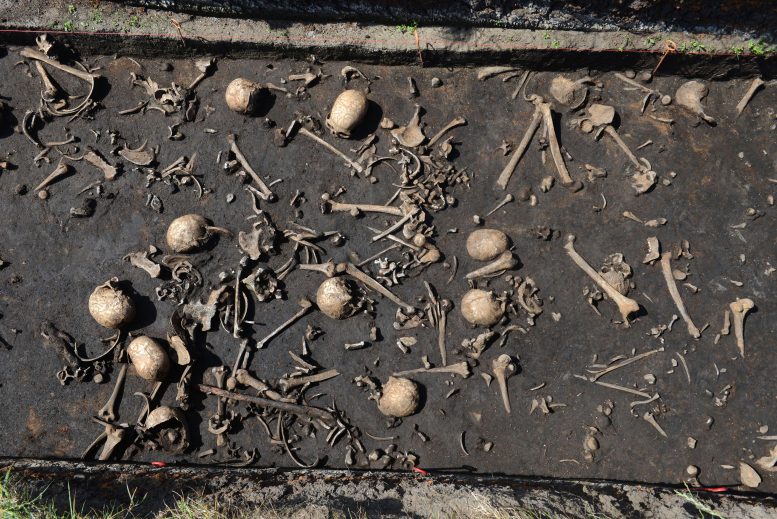
Various bones at a Bronze Age battle excavation site, some of which were genetically tested to determine the presence of the lactase-persistent gene. Credit: Stefan Sauer / Tollense Valley Project
Despite the prominence of milk drinking in Europe and North America today, approximately two-thirds of the world’s population remains lactose intolerant. Generally, no mammal digests milk as an adult, which is why for example people should not give adult cat or dog pets milk. However, a subset of humans have a genetic mutation that enables the enzyme lactase to digest the lactose sugar found in milk throughout an individual’s lifetime. Many of these people are from Central or Northern Europe.
The battle occurred on the banks of the Tollense, a river in present-day Germany, and is the most significant that we know about from Bronze Age Europe, probably consisting of about 4,000 warriors, almost a quarter of which died during the fighting. Despite being more than three thousand years old, the researchers were able to sequence DNA from some of the bone fragments recovered from the battle site.
Veeramah, Associate Professor in the Department of Ecology and Evolution in the College of Arts and Sciences, led part of the research that involved analyzing how the overall genetic ancestry of the battlefield population compared to other modern and ancient populations, and then compared the frequency of the lactase-persistent allele to other modern and ancient populations, particularly medieval European populations.
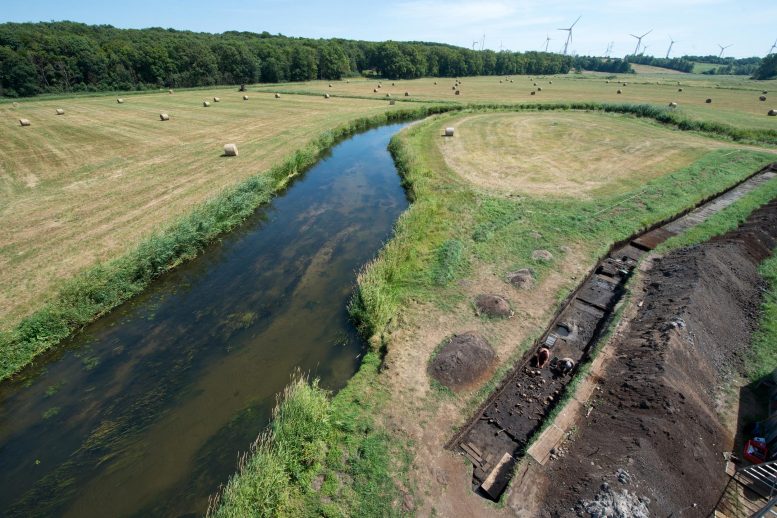
Archaeologists have been systematically searching a section along the Tollense river for more than 10 years. Credit: Stefan Sauer / Tollense Valley Project
The research team, led by Joachim Burger and colleagues at Johannes Gutenberg University Mainz (JGU), found that despite the battle occurring more than 4,000 years after the introduction of agriculture in Europe — which in part would have involved the consumption of dairy from early cattle, goats and sheep domesticates — only one in eight of the warriors had a genetic variant that enabled them to break down lactose.
“When we look at other European genetic data from the early Medieval period less than 2,000 years later, we find that more than 60 percent of individuals had the ability to drink milk as adults, close to what we observe in modern Central European countries, which ranges from 70 to 90 percent,” said Veeramah. “This is actually an incredibly fast rate of change for the gene that controls milk digestion. It appears that by simply possessing this one genetic change, past European individuals with the ability to digest lactose had a six percent greater chance of producing children than those who could not. This is the strongest evidence we have for positive natural selection in humans.”
Joachim Burger of JGU, lead author on the study, added that there still is not definitive answer to the question: Why did being able to digest the sugar in milk after infancy provide such a big evolutionary advantage?
“With milk being a high-energy, relatively uncontaminated drink, its ingestion may have provided greater chances of survival during food shortages or when supplies of drinking water may have been contaminated,” explained Burger.
Reference: “Low Prevalence of Lactase Persistence in Bronze Age Europe Indicates Ongoing Strong Selection over the Last 3,000 Years” by Joachim Burger, Vivian Link, Jens Blöcher, Anna Schulz, Christian Sell, Zoé Pochon, Yoan Diekmann, Aleksandra Žegarac, Zuzana Hofmanová, Laura Winkelbach, Carlos S. Reyna-Blanco, Vanessa Bieker, Jörg Orschiedt, Ute Brinker, Amelie Scheu, Christoph Leuenberger, Thomas S. Bertino, Ruth Bollongino, Gundula Lidke, Sofija Stefanović, Detlef Jantzen, Elke Kaiser, Thomas Terberger, Mark G. Thomas, Krishna R. Veeramah and Daniel Wegmann, 3 September 2020, Current Biology.
DOI: 10.1016/j.cub.2020.08.033

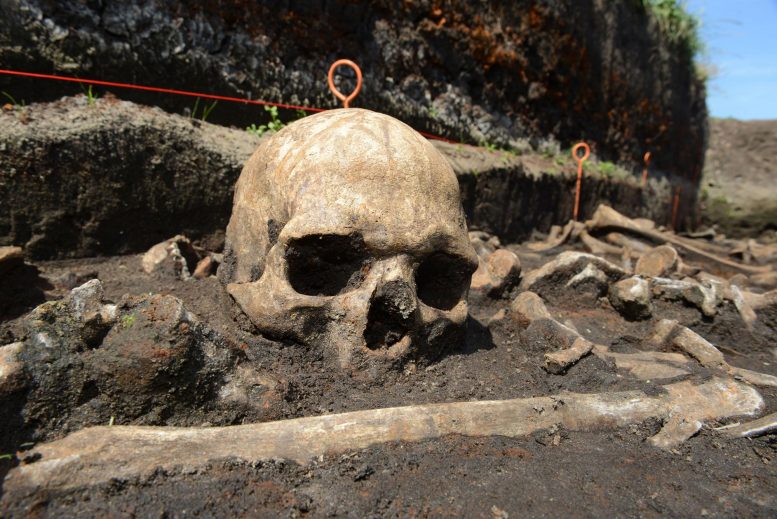
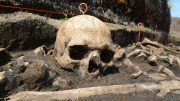

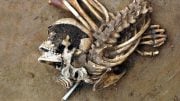

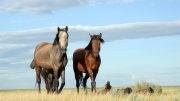


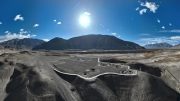
“Despite being more than three thousand years old, the researchers were able to sequence DNA from some of the bone fragments recovered from the battle site.”
Wow! So you’re saying that the researchers were more than three thousand years old? Wow! I’m sure that’s some sort of record!
This analysis concluded the change to lactose tolerant was due to very rapid natural selection. However, it may be of value to explore the historic invasion of indo-european language speakers who were lactose tolerant due to their stepp herading lifestyle. This invasion started as early as 3,000 BC in central Europe and expanded westwards. I think the sword created the change in the population to lactose tolerant not a very rapid change due to natural selection